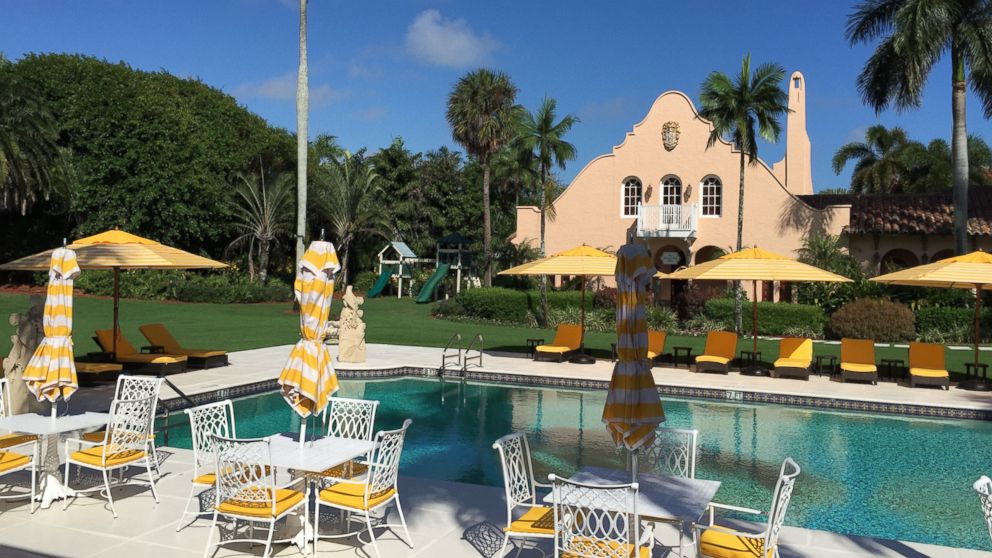Inside Donald Trump's Mar-a-Lago Estate Where He's 'Done So Much for Equality'
— -- A sprawling beachfront estate in one of the wealthiest parts of Florida may be a playground for the rich, but it’s also the longtime home of the front-running Republican presidential candidate.
Long before the members-only Mar-a-Lago Club hosted news conferences for Donald Trump's campaign and he billed the landmark estate as an example of his commitment to "equality," it belonged to socialite Marjorie Merriweather Post, the daughter of cereal magnate C. W. Post.
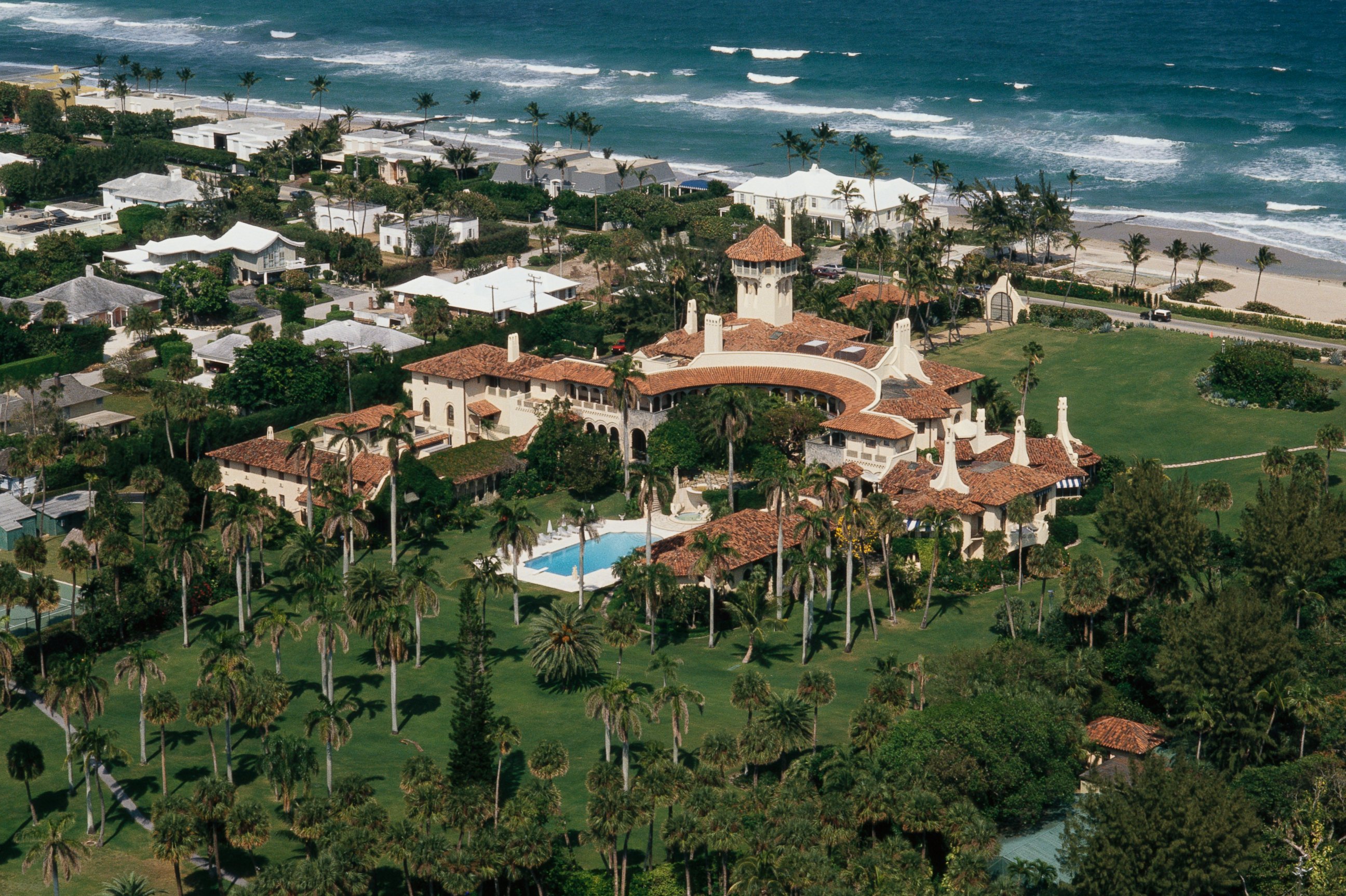
Steeped in History
In the mid-1920s, the heiress to the company that evolved into the General Foods Corp. reportedly spent years trying to find the perfect property, according to the private club's website.
"The quest for a new home had begun when it became apparent that she was to be the dowager queen of Palm Beach," Mar-a-Lago's website states. "At the time, there was little else here but undergrowth and swampy grounds, seemingly of not much use for a building site. With her realtor, Mrs. Post crawled through underbrush of jungle-type growth in search of the perfect piece of property; the consequence of that search is the main house 'Mar-a-Lago,' which is Spanish for 'Sea to Lake.'"
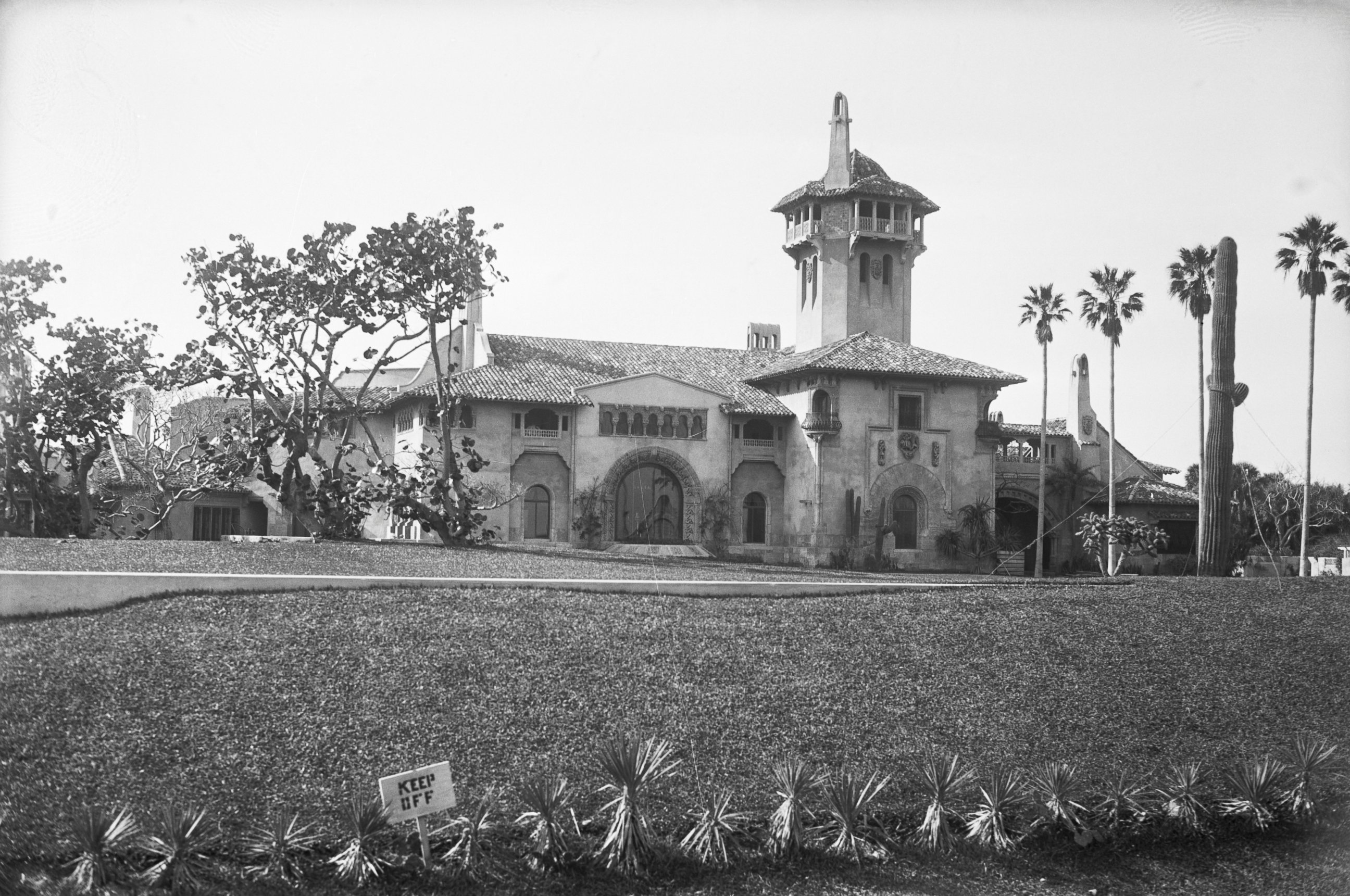
After it was constructed to her liking for $8 million in 1927, Time magazine reported, the mansion sitting on the 17-acre estate featured 115 rooms.
The U.S. Department of the Interior designated it as a historic site in 1969 and Congress placed it on the National Register of Historic Places in 1973, according to the club's website.
Upon her death in 1973 at age 86, she reportedly willed it to the U.S. government, envisioning it as a winter White House or retreat for the president and visiting dignitaries, Time reported in 1980.
But the prospect of the $1 million annual upkeep apparently made officials balk.

Down to the Details
Some of the most ornate decorations were inherited by Trump, according to the Palm Beach Post.
The living room has gold leaf, the dining room has painted frescoes and the entrance is lined with 15th century tiles. And while such details would seem in keeping with Trump's well-documented love of the ornate, they had been installed by Post, according to the newspaper.
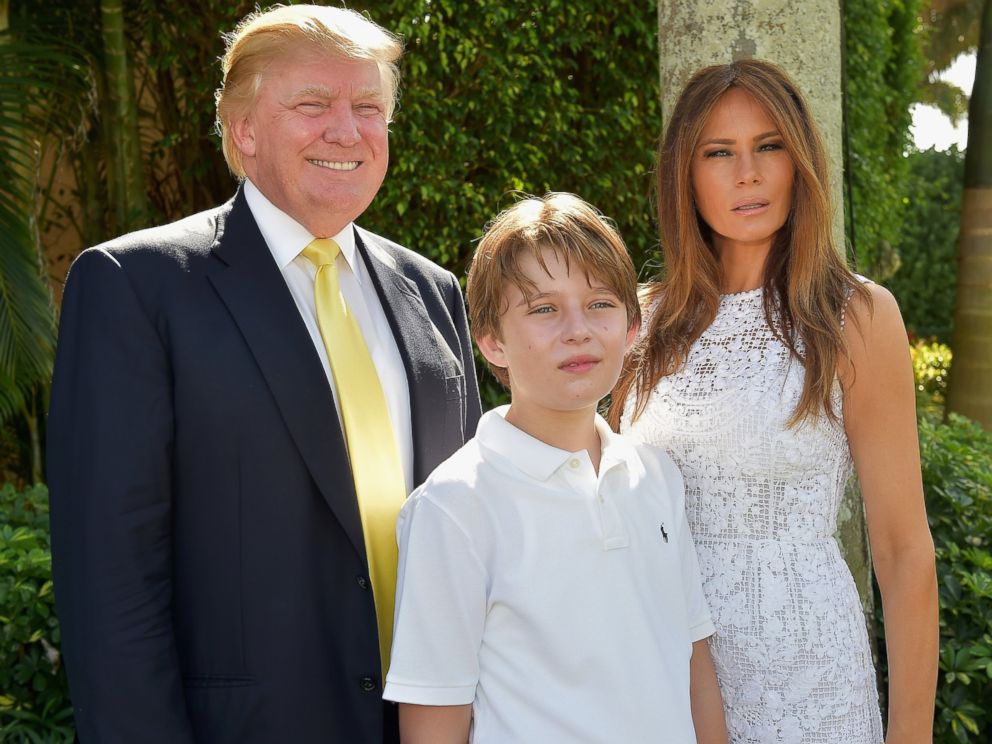
Trump bought the property in late 1985, with The Associated Press reporting at the time that he paid between $10 million and $15 million.
"The site on which Mar-a-Lago sits is now considered the most valuable parcel of land anywhere in Florida," the club's website states.
Sometime after his purchase of the property, 11 rooms were added, and it now has 126 rooms. The club's website has a picture of Trump with a welcome note and his signature reading that he decided to make it a club in 1995 because "126 rooms made it a very big house."
That said, he "kept private quarters and designed the club to provide the best amenities possible for our members," his note reads.
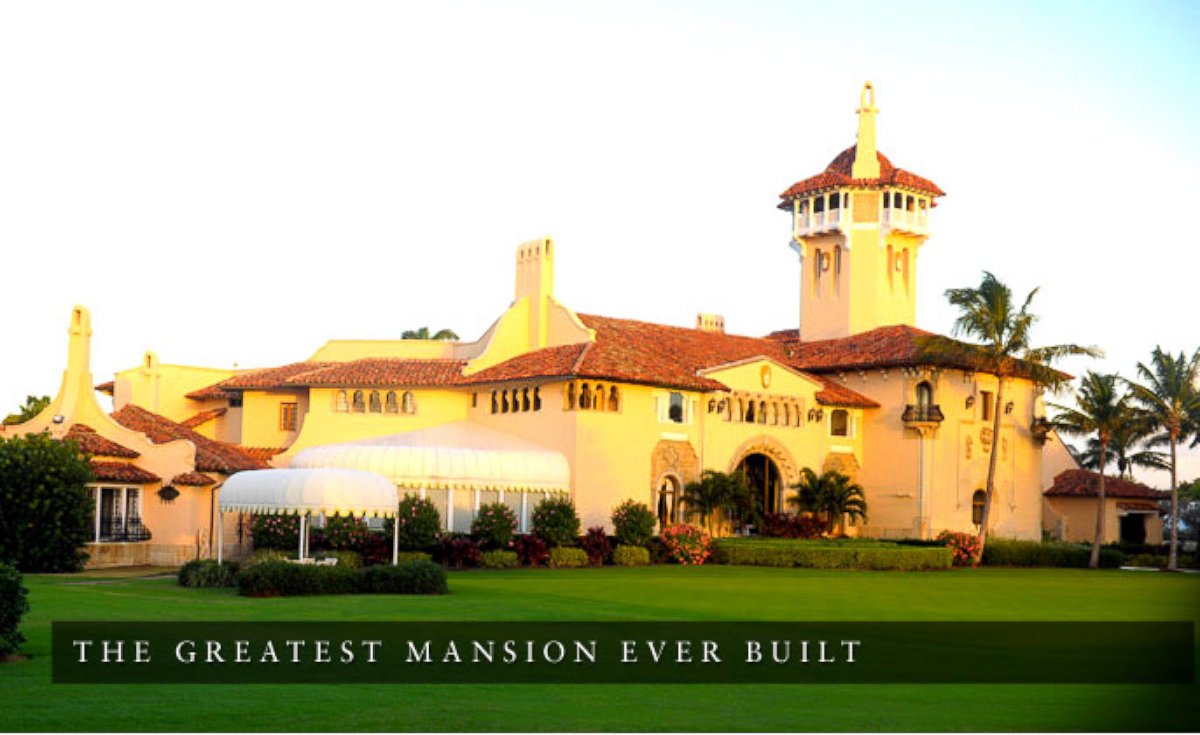
'Open to Everybody'
A members-only beachfront club in Palm Beach may not seem like an overly accepting place, but Trump cited his Mar-a-Lago Club as one of the clearest examples of his contribution to equality during an interview today on "Good Morning America."
The Republican presidential front-runner boasted that the club is "totally open to everybody."
That may be true, but it'll cost them.
The club's managing director and executive vice president, Bernd Lembcke, confirmed that the non-refundable membership fee is $100,000 and there are annual dues of $14,000, with an additional $2,000 that members are required to spend on food every year.
Prospective members must meet with executives and managers of the club, Lembcke told ABC News, and Trump himself must sign the approved applications.
Lembcke would not specifically say how many members the club has because of fluctuations in both new members and resignations, "mainly due to age or for health reasons." But he did say the club is "nearing our cap of 500 members."
When asked about the demographics of the club’s membership, he said the application "does not ask for ethnic nor religious background."
